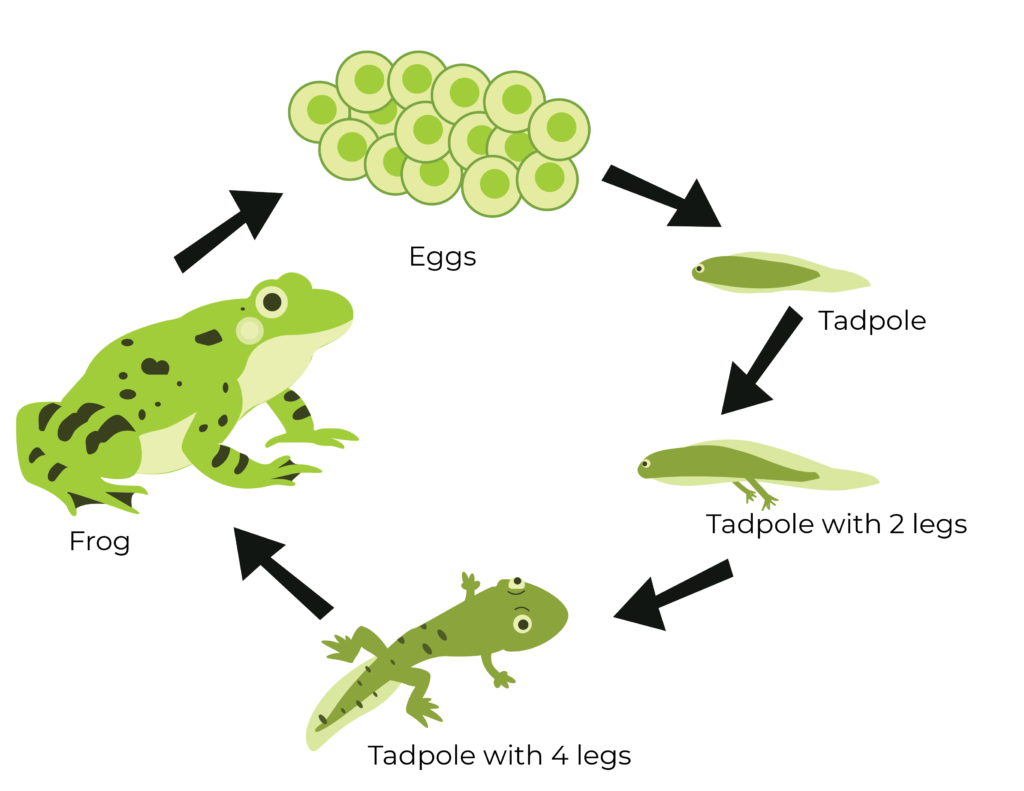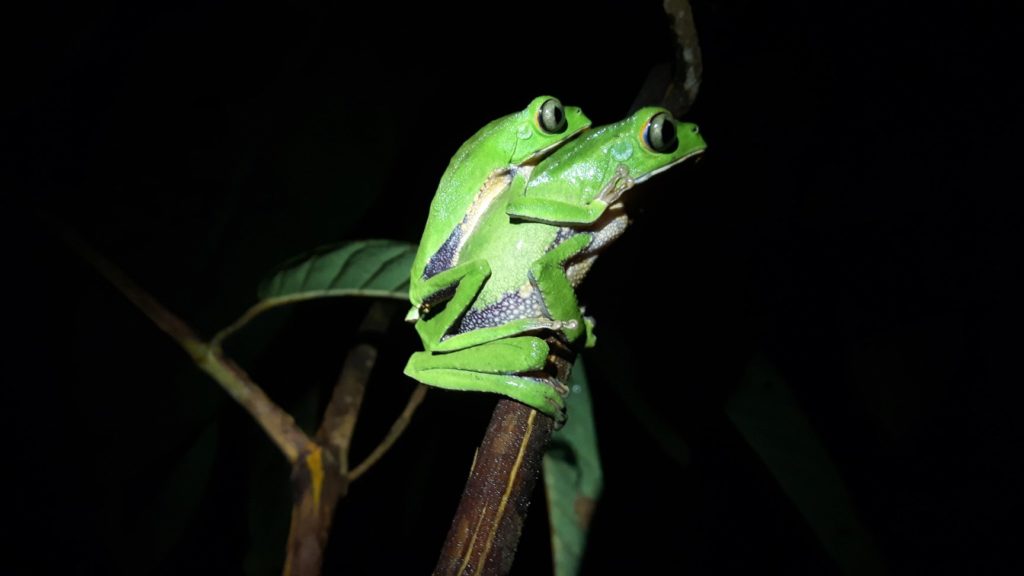Conservation and Biodiversity
Why we should treasure the diverse world of amphibians
March 4, 2020
Dr. Karen Haysom is species programmes manager at Amphibian and Reptile Conservation Trust in Bournemouth, U.K.
Amphibians are at risk worldwide. Environmental pressures, including habitat destruction and climate change, push many of these animals — frogs, toads, salamanders, newts, caecilians — toward extinction. But if we were to lose amphibians, we would lose a staple of our ecosystems — and a much-loved group that holds a unique place in our hearts.
Today, amphibians feature widely in children’s literature, as well as film and television: the Frog and Toad children’s books, Kermit the Frog in The Muppets, the frogs in the Budweiser commercials.
This fascination with amphibians extends back thousands of years and across a myriad of cultures. Amphibians feature in the Bible, and in the art, myths and legends of ancient peoples like the Aztecs.

In these frames, amphibians are often symbolic of rain and fertility, though this can vary depending on the order of amphibians. For example, salamanders are associated with rain and fire in some cultures. In places where they are abundant, like the tropics, amphibians’ calling can dominate the soundscape, contributing strongly to a community’s sense of place.
About 8,000 species of amphibians inhabit our Earth, and they’re all similar in that they are vertebrates with variable body temperatures, permeable skins and a lifecycle that usually includes an aquatic larval stage. The larvae, often called tadpoles, undergo an incredible transition — metamorphosis — in which their bodies physically transform for life on land.
Amphibians live in all but the coldest and driest countries and in all sorts of habitats, including in trees and even underground. For example, Itambe’s bromeliad frog (Crossodactylodes itambe), an extremely rare frog found at only a single location in Brazil, lives its entire life in bromeliads — a special kind of plant that collects water in its leaf structure. Some frogs, such as the waxy monkey tree frog (Phyllomedusa sauvagii) have a special waxy coating to help protect their skins from drying out.

And, of course, amphibians are invaluable to ecosystems. They regulate prey species, recycle natural materials and, because they move between land and water, move energy and nutrients between these environments. They are also food for other animals, and in some parts of the world, for people.
Sadly, amphibians are one of the most threatened groups of animals in the world, with over 40% of species threatened with extinction. This is mostly due to habitat loss, disease, pollution, exploitation for food or pets, invasive species and climate change.
Amphibians are especially threatened because of their habitat requirements and complex life cycles. Also, their permeable skins make them vulnerable to contaminants and pathogens and the weather extremes that are more prevalent in a warming world.
But we can all help. If you have a backyard or a garden, make a pond and other wildlife habitat and avoid the use of pesticides. Support an organization, such as Amphibian and Reptile Conservation Trust. Above all, share your love of amphibians with others to inspire the next generation and pressure leaders to vote policy that preserves amphibians’ natural habitats. Learn more at the Amphibian Survival Alliance.
Image at top: Tree frogs, like this one from Italy, were often used in folk remedies. Some believed that the fat from these frogs could treat rotten teeth. Photo: Jim Foster/ARC
